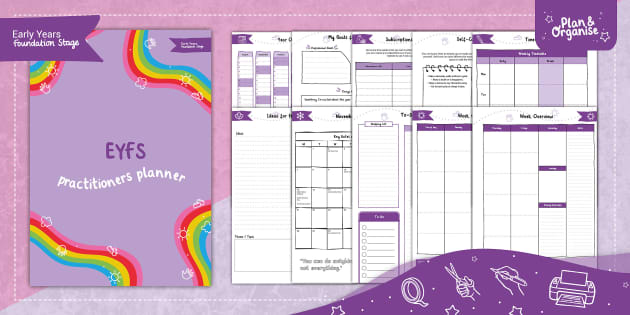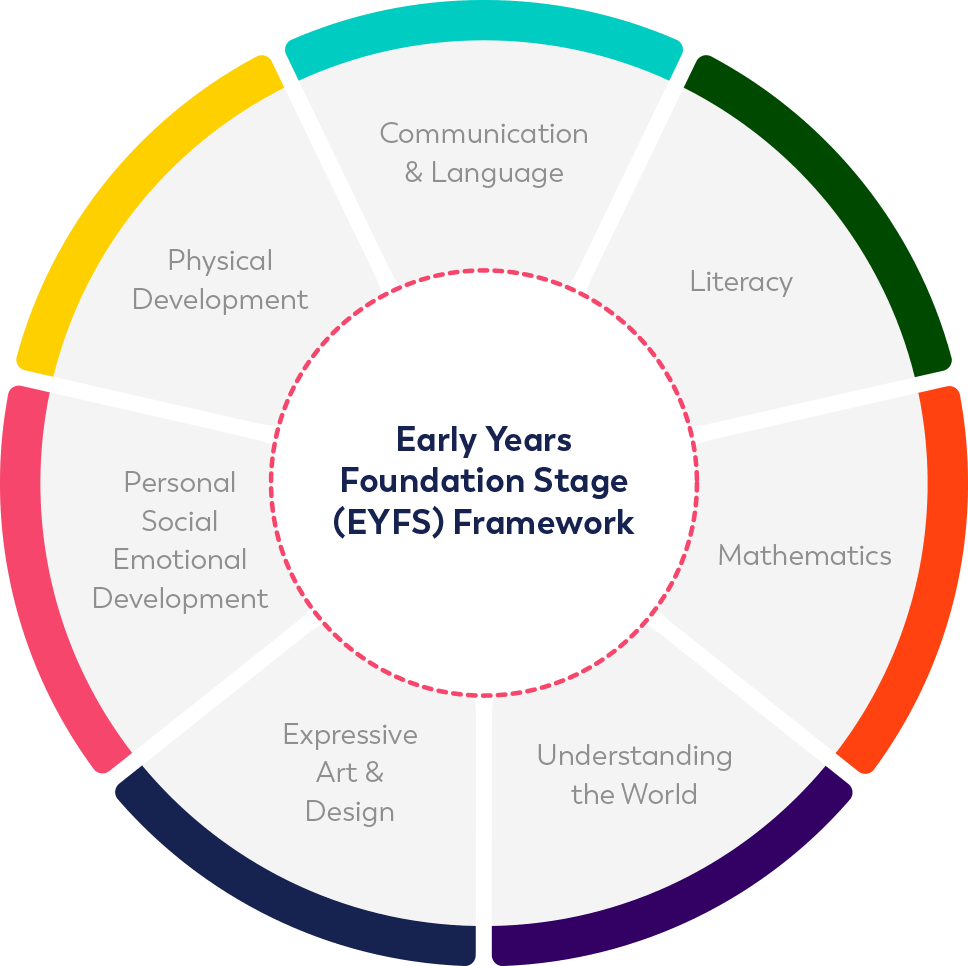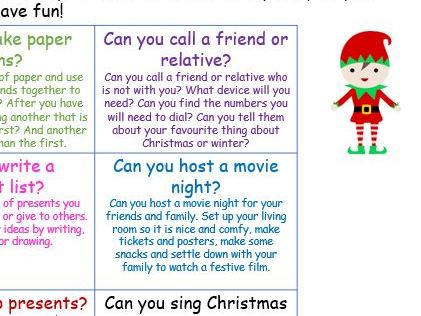Christmas List EYFS 2024: A Comprehensive Guide for Early Years Practitioners
Related Articles: Christmas List EYFS 2024: A Comprehensive Guide for Early Years Practitioners
- Christmas Jokes: Reindeer And Elves Edition 2024
- Christmas Jumper Emoji 2024: A Festive Fashion Statement
- Christmas List Creator 2024: The Ultimate Guide To Making Your Holiday Wish List
- Christmas Jokes 2024
- Christmas Kisses And Holiday Wishes 2024: A Season Of Joy And Celebration
Introduction
With enthusiasm, let’s navigate through the intriguing topic related to Christmas List EYFS 2024: A Comprehensive Guide for Early Years Practitioners. Let’s weave interesting information and offer fresh perspectives to the readers.
Table of Content
Video about Christmas List EYFS 2024: A Comprehensive Guide for Early Years Practitioners
Christmas List EYFS 2024: A Comprehensive Guide for Early Years Practitioners

Introduction
Christmas is a magical time for young children, filled with excitement, joy, and anticipation. As early years practitioners (EYPs), we play a crucial role in creating a festive and enriching environment that supports children’s learning and development during this special time of year. One important aspect of our role is helping children to create their Christmas lists. This article provides a comprehensive guide for EYPs on how to support children in developing their Christmas lists for 2024.
Importance of Christmas Lists for EYFS Children
Creating Christmas lists offers numerous benefits for EYFS children:
- Language and Communication: It encourages children to express their wishes and desires, expanding their vocabulary and communication skills.
- Literacy: Children engage with written language as they read and write their lists, fostering their emergent literacy skills.
- Mathematics: They practice counting, number recognition, and comparison as they consider the quantity and value of items on their lists.
- Imagination and Creativity: Children use their imaginations to envision the gifts they wish for, developing their creativity and problem-solving abilities.
- Social and Emotional Development: Christmas lists provide an opportunity for children to share their interests and connect with others who share similar wishes.
Supporting Children in Creating Their Christmas Lists
To support children in creating their Christmas lists effectively, EYPs should:
1. Establish a Positive and Welcoming Environment:
- Create a cozy and festive atmosphere in the classroom or setting, with decorations, music, and stories that evoke the spirit of Christmas.
- Encourage children to talk about their Christmas wishes and share their excitement with others.
2. Provide a Variety of Resources:
- Offer a range of materials, such as paper, pens, pencils, and magazines, to enable children to express their wishes in different ways.
- Display examples of Christmas lists to inspire children and provide them with ideas.
- Provide access to books and online resources that feature Christmas-themed activities and gift suggestions.
3. Facilitate Language and Communication:
- Engage children in conversations about their Christmas wishes, asking open-ended questions and encouraging them to elaborate on their thoughts.
- Support children in using descriptive language to express their desires, such as adjectives and adverbs.
- Introduce new vocabulary related to Christmas, such as "presents," "Santa Claus," and "reindeer."
4. Encourage Literacy Skills:
- Assist children in writing their Christmas lists, guiding them on letter formation, spelling, and sentence structure.
- Provide opportunities for children to read their lists aloud, fostering their reading fluency and comprehension.
- Encourage children to draw pictures or symbols to represent their wishes, promoting their mark-making skills.
5. Promote Mathematical Understanding:
- Discuss the concept of quantity and value with children, helping them to understand how many gifts they wish for and the relative cost of different items.
- Encourage children to count the items on their lists and compare the quantities.
- Introduce simple addition and subtraction concepts as children consider the total number of gifts they wish for.
6. Foster Imagination and Creativity:
- Encourage children to use their imaginations to dream up their ideal Christmas gifts.
- Provide opportunities for children to engage in imaginative play, such as pretending to be Santa Claus or making their own Christmas decorations.
- Support children in exploring different ways to express their wishes, such as through drawing, painting, or storytelling.
7. Promote Social and Emotional Development:
- Create a safe and supportive environment where children feel comfortable sharing their Christmas wishes.
- Encourage children to respect the wishes of others and to consider the feelings of those who may not receive everything they ask for.
- Foster a sense of community by sharing children’s Christmas lists and discussing the importance of giving and receiving.
Conclusion
Creating Christmas lists is a valuable and enriching activity for EYFS children. By providing a supportive environment, a variety of resources, and targeted facilitation, EYPs can empower children to express their wishes, develop their skills, and experience the joy and magic of Christmas. As we approach Christmas 2024, let us embrace the opportunity to support children in creating their Christmas lists, fostering their learning and development in a truly festive and memorable way.







Closure
Thus, we hope this article has provided valuable insights into Christmas List EYFS 2024: A Comprehensive Guide for Early Years Practitioners. We hope you find this article informative and beneficial. See you in our next article!

